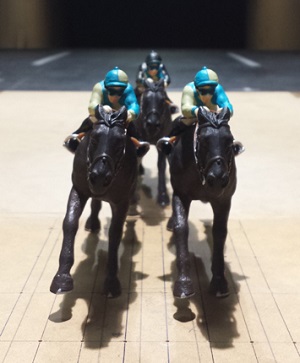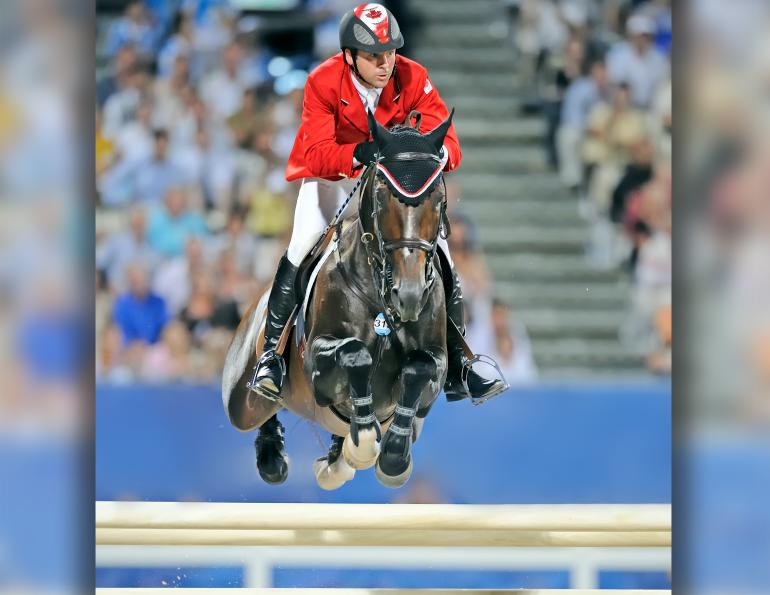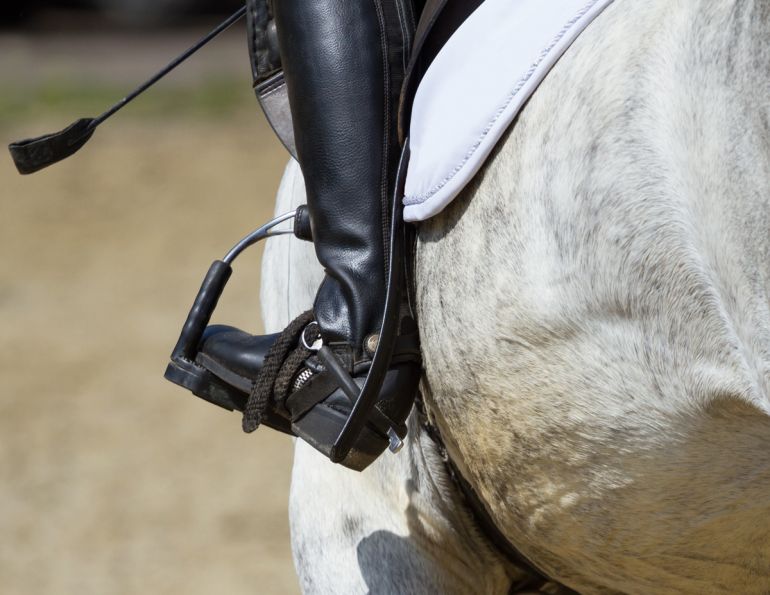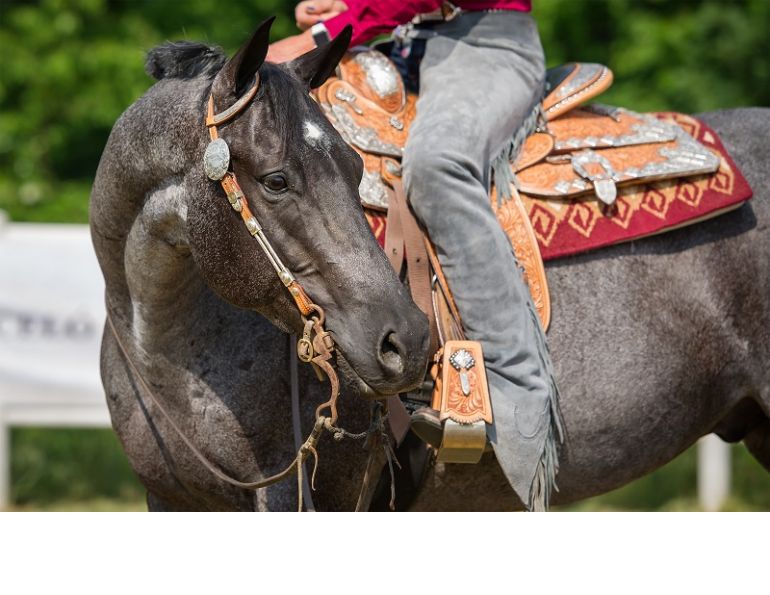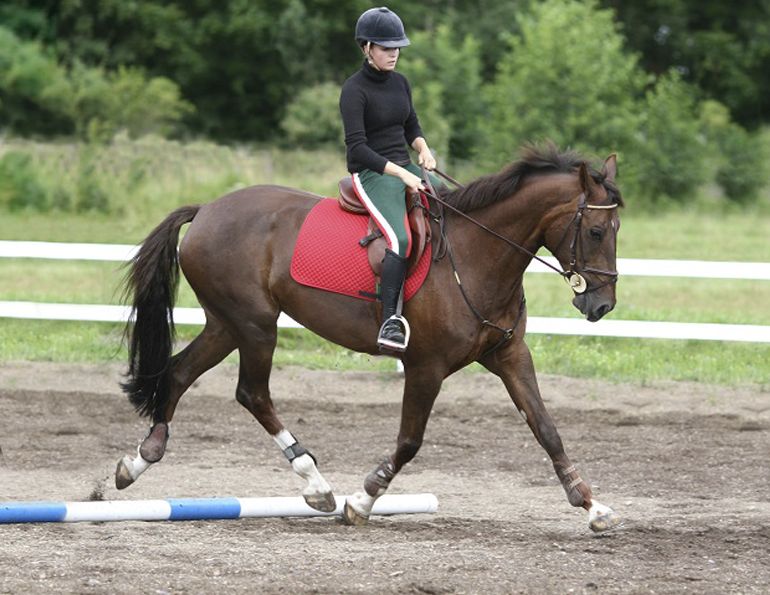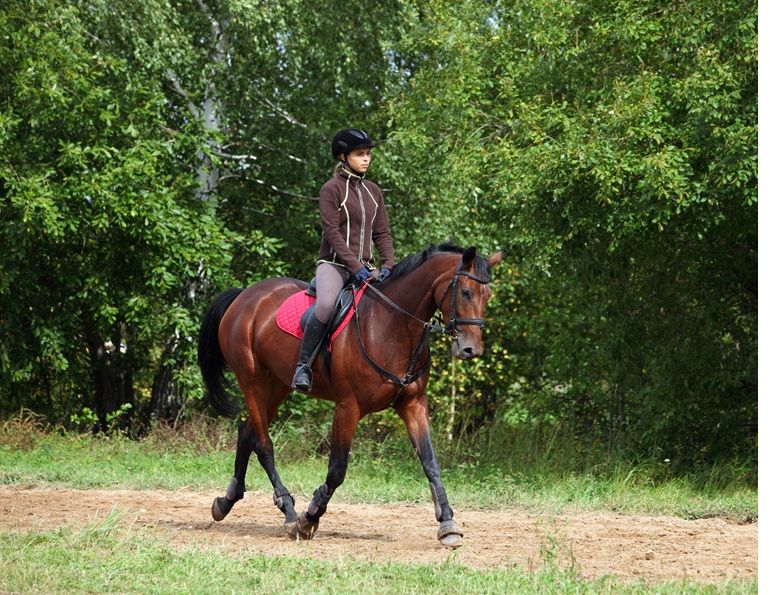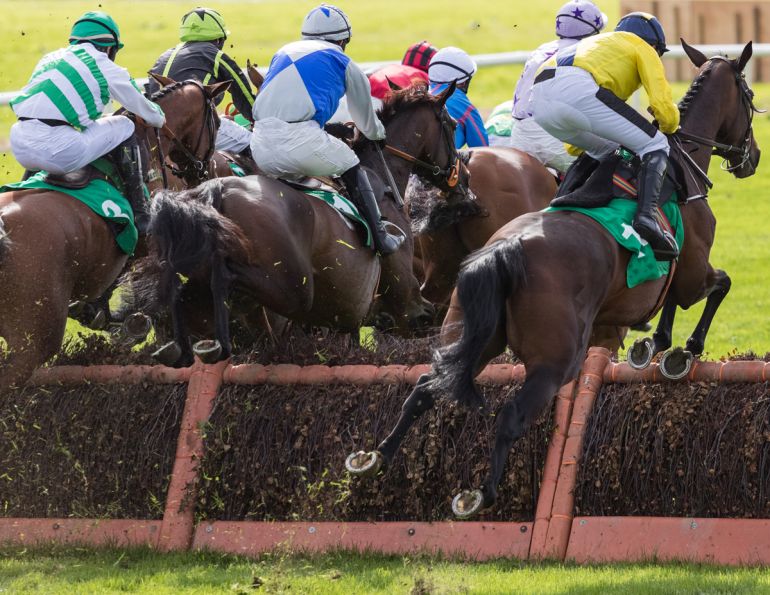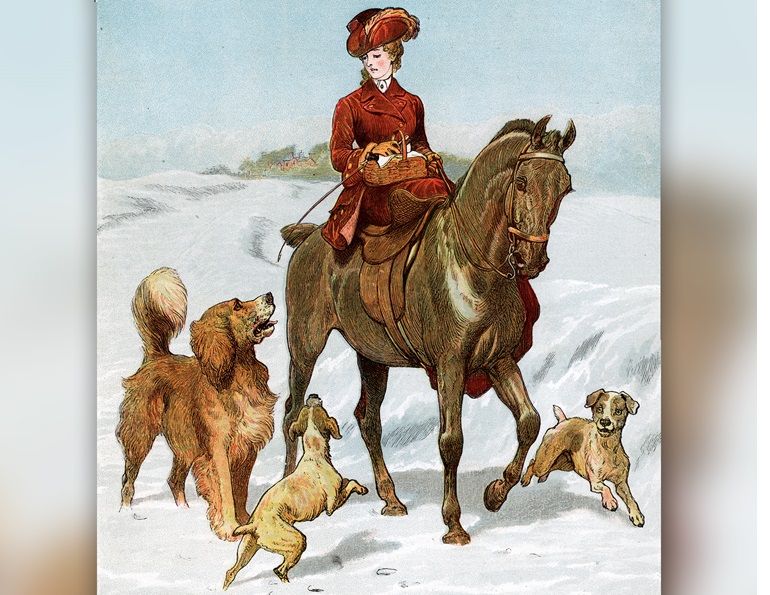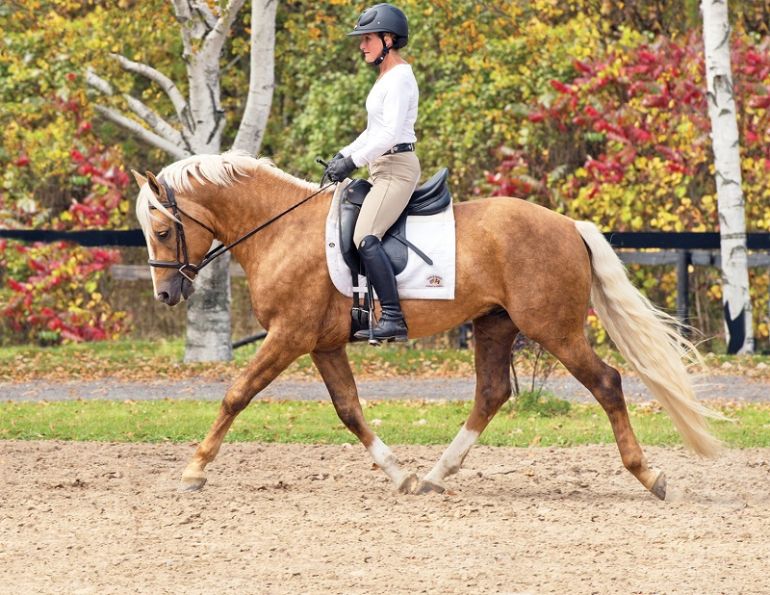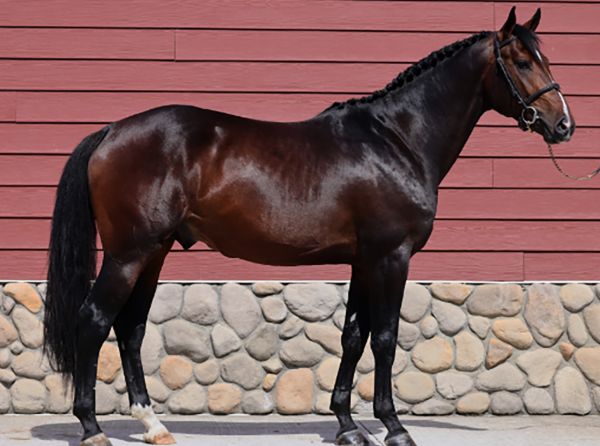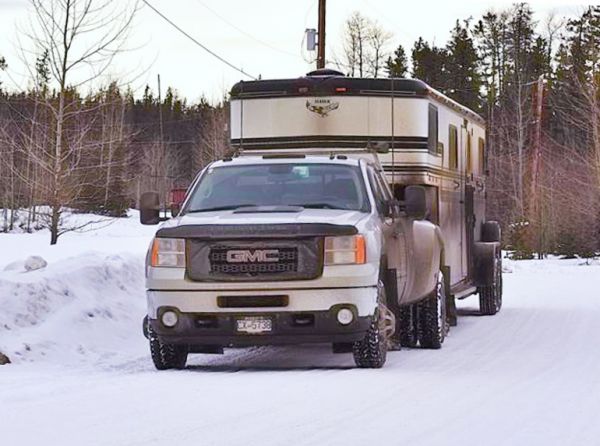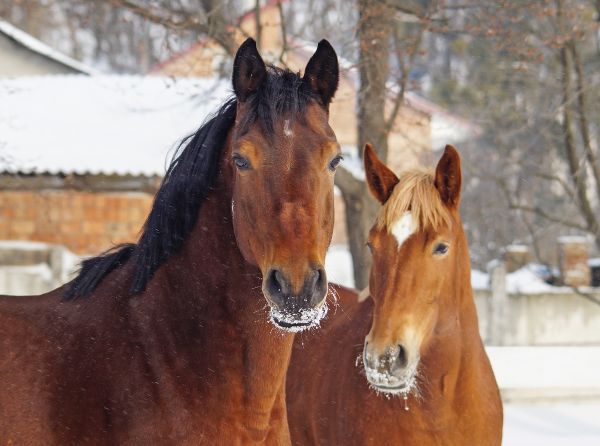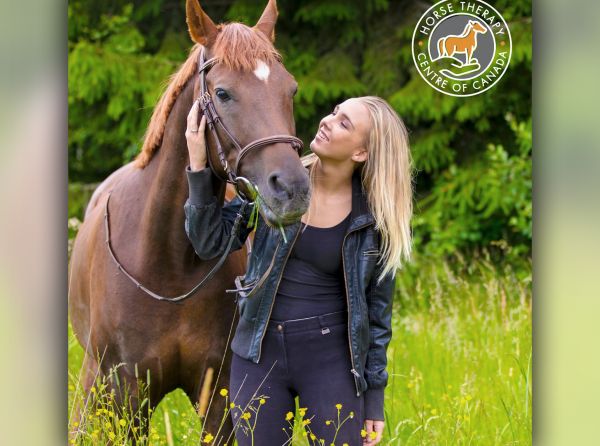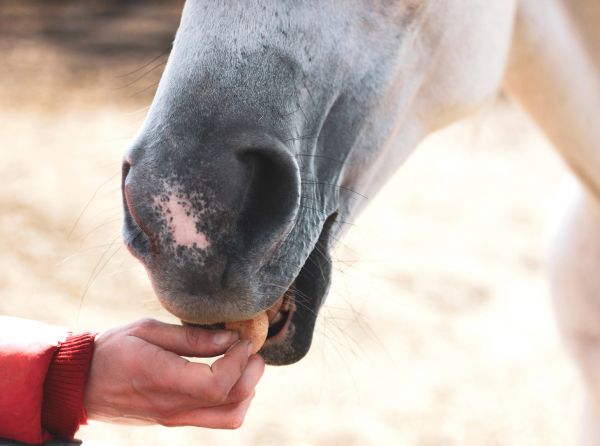By Margaret Evans
As much as speed is everything in horse racing, so is slipstreaming. Also known as drafting, slipstreaming is a riding technique in which jockeys run their horses behind or alongside another horse to reduce aerodynamic drag. Slipstreaming saves a horse’s vital energy for that last dash to the finish line. It is a technique used in many speed and distance sports such as speed skating and cycling to save an athlete’s power and energy. Now some fascinating science has shown just how precisely different racing positions reduce drag during a race.
“In a horse race, jockeys can use this principle [of slipstreaming] to give their horses an edge and help them reserve energy for that crucial final burst,” said co-chief investigator Professor Franz “Tino” Fuss. “Our research for the first time quantifies how much drag is reduced through different slipstreaming tactics in a horse race. Jockeys, trainers, punters, and betting companies should keep these findings in mind.”
Wind tunnel simulations were conducted at RMIT (Royal Melbourne Institute of Technology) University in Melbourne, Australia. In this first-in-the-world study, researchers used toy models that were exact miniature replicas of a racehorse and its jockey. But it came with challenges.
“We had to find a suitable horse model that looked like a racehorse, not a Shire horse combined with a jockey model in a racing position (i.e., high speed gallop, not standing),” said Fuss. “We needed to purchase this model in a larger quantity of 20. An accurate off-the-shelf model was sufficient as long as it looked right.”
Fuss described the wind tunnel as an open loop, or closed loop tunnel with a turbine. The turbine produced wind at a specified speed anywhere from zero to 140 kph. The airflow was converted to laminar flow (the smooth flow of air over an object) with turning vanes. In a wind tunnel test this can be hard to achieve because of the exactness required in the model. The wind then produced the drag force on the object and that drag force depended on the air density, the shape of the model, the frontal area, and the wind speed. The horses in the tunnel were mounted on two force transducers which recorded the drag force data.

Photo: Professor Franx "Tino" Fuss.
“All the horse models were identical,” said Fuss. “The research was about understanding the principles of drafting [reduction of drag]. The main variables were the different distances between horses and the configuration of the horse packs. I conducted a comparable study before the Sochi Winter Olympics on drafting in skiing and snowboarding with two skiers in the tunnel. The results were useful in designing the horse study experiments.
Fuss said that horse and jockey weights were not a factor. “Weight is a vertical force. Drag is a horizontal force.”
Track conditions and weather, though, come into play. He said that track conditions affect the speed and therefore the drag force; weather conditions (temperature and humidity) affect the air density and therefore, to some degree, drag force.
The research showed the remarkable differences in the degree of drag depending, on average, where one horse was in relation to another:
- When two horses are in front of one horse, the drag of the trailing horse is reduced by 66 percent;
- When four horses are racing in a row one behind the other, the drag of the last horse is reduced by 54 percent;
- When two horses are running with one closely behind the other, the drag of the lead horse is reduced by 6.5 percent while the drag of the trailing horse is reduced by 38.5 percent.
- In a situation where five horses are side by side, the drag of the centre horse actually increases by 25 percent.
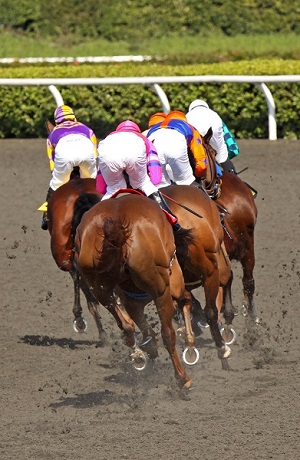 |
Science has shown that when two horses are racing in front of one horse, drag of the training horse is reduced by 66 percent. Photo (left): ©Cheryl Quigley/ Dreamstime.com Photo (above) courtesy of Professor Franz |
From these initial results, the energy expenditure can be calculated throughout the race for each individual horse, as well as the overall energy savings when slipstreaming. Further experiments are planned in the future.
The research was conducted in the SportzEdge program of RMIT’s Platform Technologies Research Institute with Prof. Simon Watkins, co-chief investigator, and aerospace engineering student Kevin Stark.




